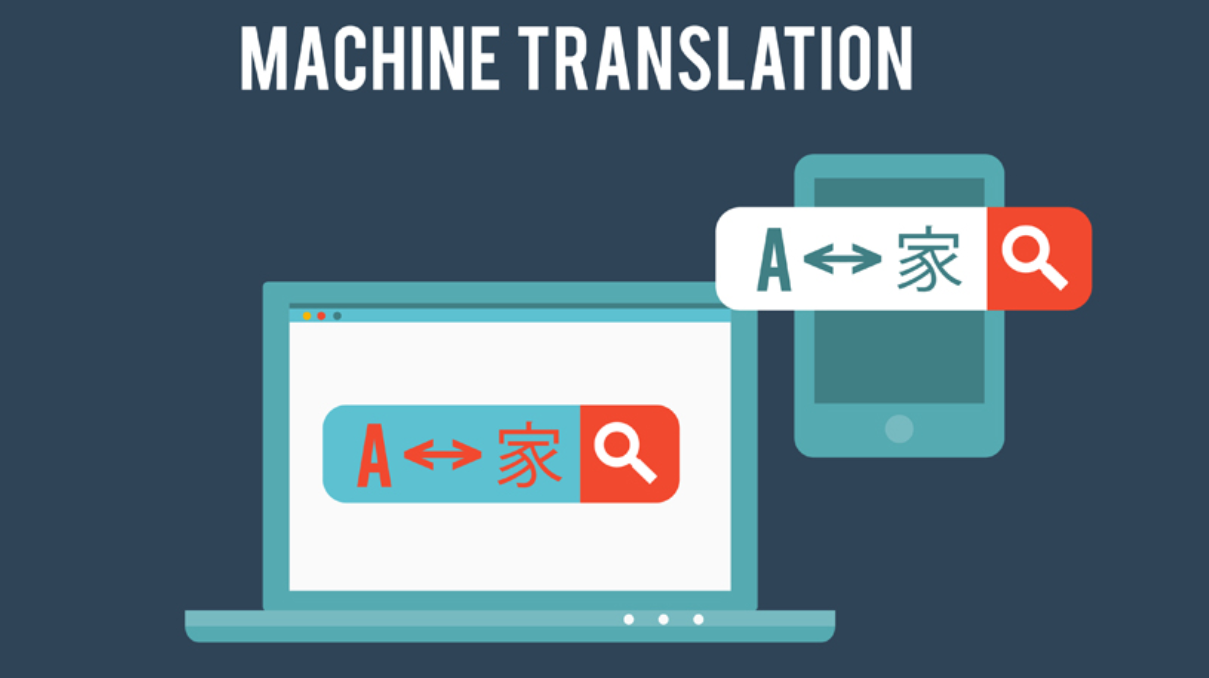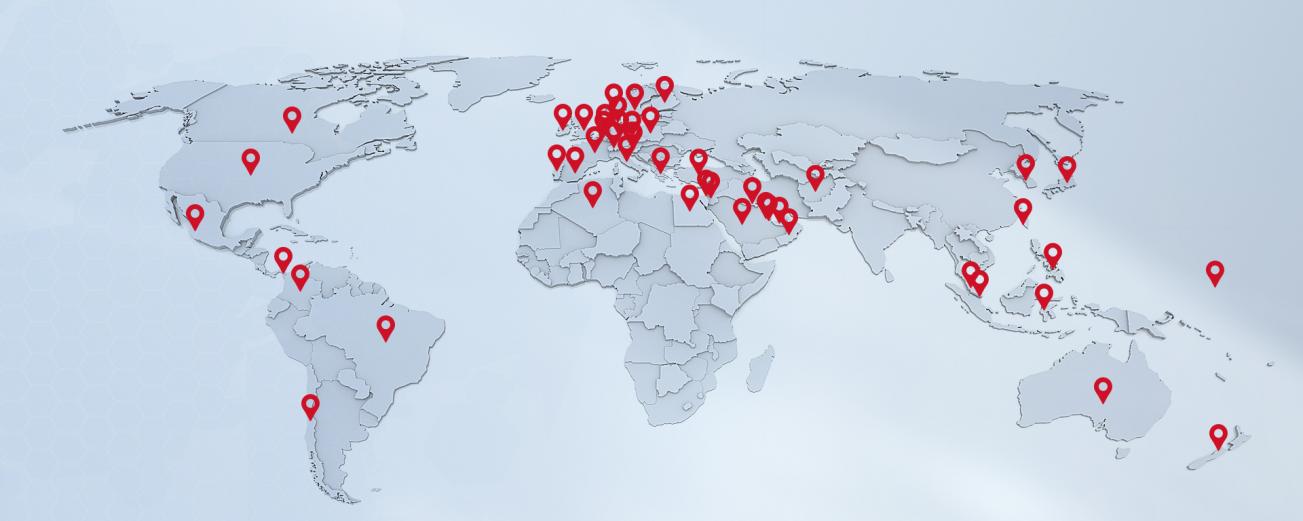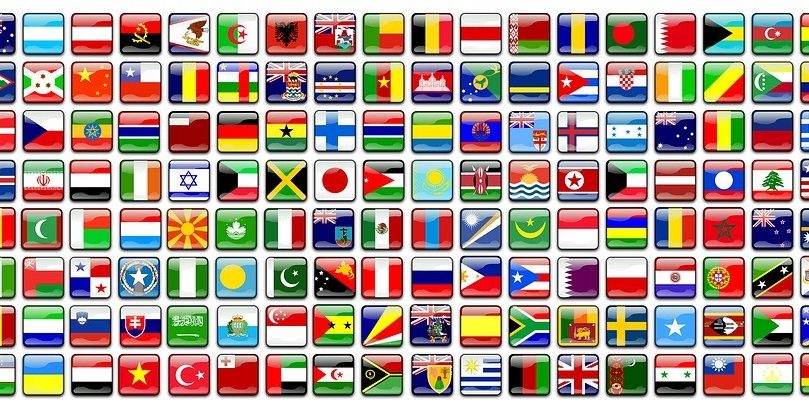Content localisation is a cultural translation that not only means speaking the language of your target audience, but also understanding their unique interests and needs. Brands and businesses alike must connect with consumers, and that means comprehending people’s languages, traditions, customs, and cultures.
Localisation involves more than just translating website content, it’s about connecting with your target audience on a personal level and building your brand image in a way that is both novel and accessible. In a nutshell, localisation is about building trust.
Let’s take a look at the benefits localising your content can bring and why you need to start localising your content right now:
Boost market share

Why limit yourself to your local market? There are many more potential customers in the global market you can access via the internet.
However, selling your product or service online isn’t enough to expand your global market share. Localisation is what will help get you there.
By localising into another language/ other languages, you open your product to a new, potentially bigger market. It’s all about accessibility – if a customer cannot understand how your service or product benefits them, how will they be convinced to invest in it in the first place?
If you’ve done your research and established who your target markets are, failing to effectively translate content into the native language of those target markets leaves your content open to misinterpretation.
By localising content, businesses can be assured that their target markets understand their message, their brand mission and above all, understand the product or solution being offered.
Increase potential revenue

If only 25.3% of the global population are using the internet in English, think of all those potential markets you can tap into! All those new customers and that increased market share should, in an expandable business model, lead to revenue growth.
According to a study carried out by the Common Sense Advisory, 56% of consumers say that the ability to receive information in their native language is more important than price, whilst 53% claimed they felt more comfortable when making a purchase in their mother tongue.
Companies who understand the relevance of this know that localisation is a key element of a global business strategy that will generate higher revenues. Keep in mind that when entering a new market, extensive thought and research on how you will market your business in that location is needed.
Localisation fosters cultural sensitivity

Some brands will just translate the bare text of their content and skip the localisation process altogether. This is tempting, given, for instance, the low costs of Machine Translation (MT) but not only do these brands miss out on the benefits of localisation, but they are also at high risk of inaccurate and off-brand translations.
Localisation means you adjust and adapt your content to fit the target audience. It involves changing colours where they’re unacceptable, choosing different words where they don’t fit and formatting dates, times and numbers and much more!
When you’re sensitive to, and aware of one’s culture, it will help create positive associations between your brand and your target market/s.
Mistranslations are sloppy marketing, the world has seen disastrous fails of global marketing abound. For instance, Pepsi lost its market share in Southeast Asia as it changed its vending machines colour from a deep blue to a light blue. Unfortunately, in Southeast Asia, light blue symbolises death and mourning.
Enhance your Ranking

The localisation of your content does more than just deliver the right message to the right audience. It also optimises content for international search engines.
When you localise your website to consider crucial factors, such as culturally appropriate images, international site speeds and locally searched for keywords, you will increase your ranking. If you want to attract an international market, you first need to be visible.
If you don’t appear in your target markets’ search results (and high up in their search results at that) you will lose out on potential clients.
Let’s say, for example, you’re a USA-based candy company, choosing to optimise keywords such as “best candy” and “cotton candy”. You want to expand your market to the UK but chances are those keywords will not get you on their search engine radar, seeing as the British alternatively use “sweets” and “candy floss.”
Be aware of which keywords will work and make sense in particular countries or regions. Moreover, not every country uses Google or Yahoo for their searches. For example, Russia’s most used search engine is Yandex and China’s biggest search engine is Baidu. Localisation on an SEO level takes into consideration all these factors to increase your ranking and conversion rate.
Acquire a competitive advantage

In today’s broad fast-paced marketplace, chances are your competitors are localising their content. CSA research highlights that as many as 75% of global consumers prefer to purchase from websites that are in their native language, even if they are knowledgeable or fluent in English. Reading content, seeing familiar messaging and images that are significant to them, their values and their country develops trust and increases their likelihood of purchasing. So if you’re offering a poorly translated version of your website or still just using English, your potential customers will look elsewhere.
Popularise your Brand and increase Global presence

You want your brand to be recognised in the global market and by anyone anywhere in the world for that matter. But you don’t want to forget your local market, where it all started. When a brand is built locally but has a global presence, it creates positive connotations with the brand.
Furthermore, if your audience feels as if you’ve undergone the effort to research their needs and preferences, as opposed to presenting them with a generic one-size-fits-all translation, they will connect with your brand and identify with it.
Getting started up with Localisation
Ultimately, localisation has a lot of power, since it creates a connection that strengthens the value of your product or service to customers and potential customers alike. However, the only way to benefit from localisation is to actually localise your content. But where to start? If you need a hand with getting started on content localisation, we can help you increase your global reach the right way with our translation services, just drop us a message here.





